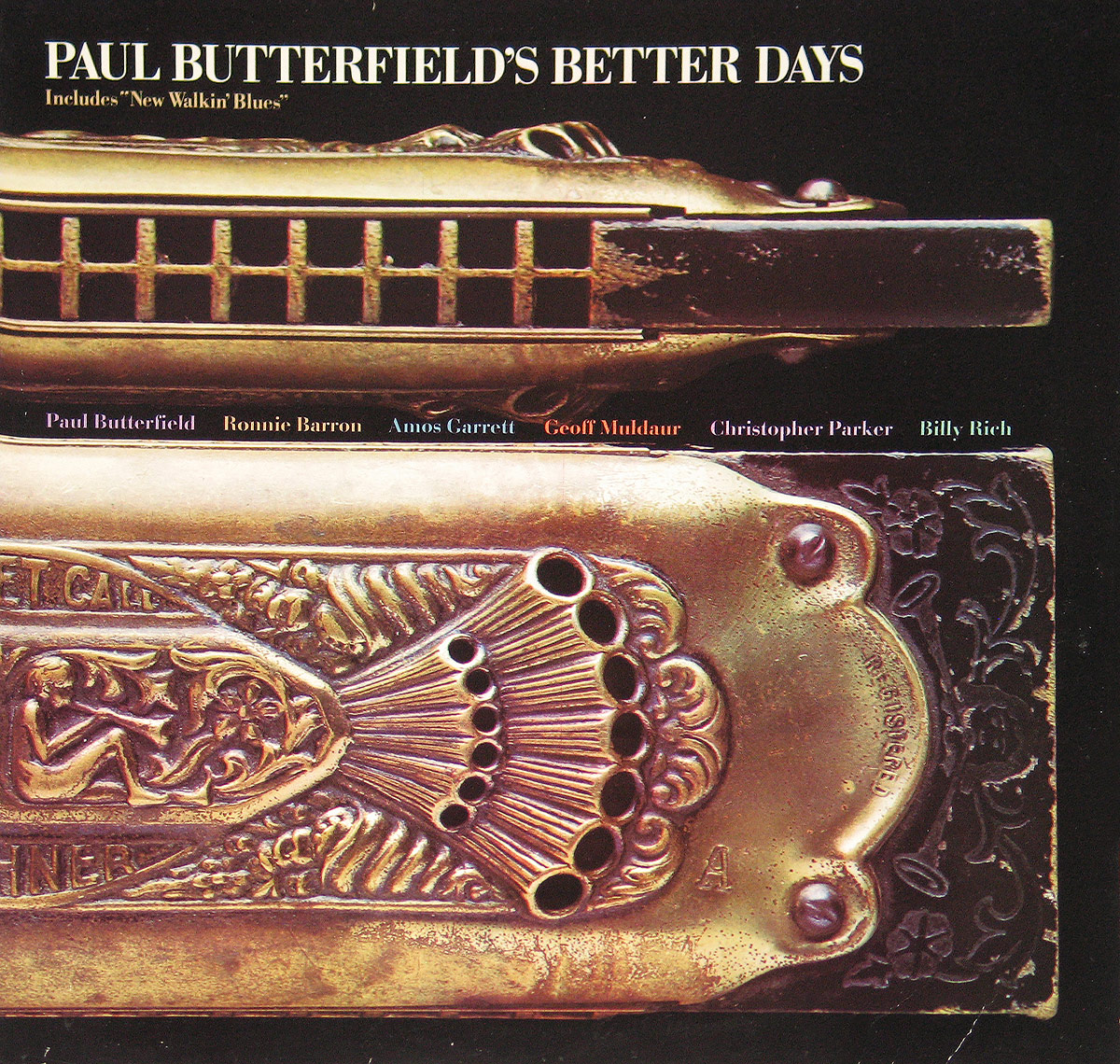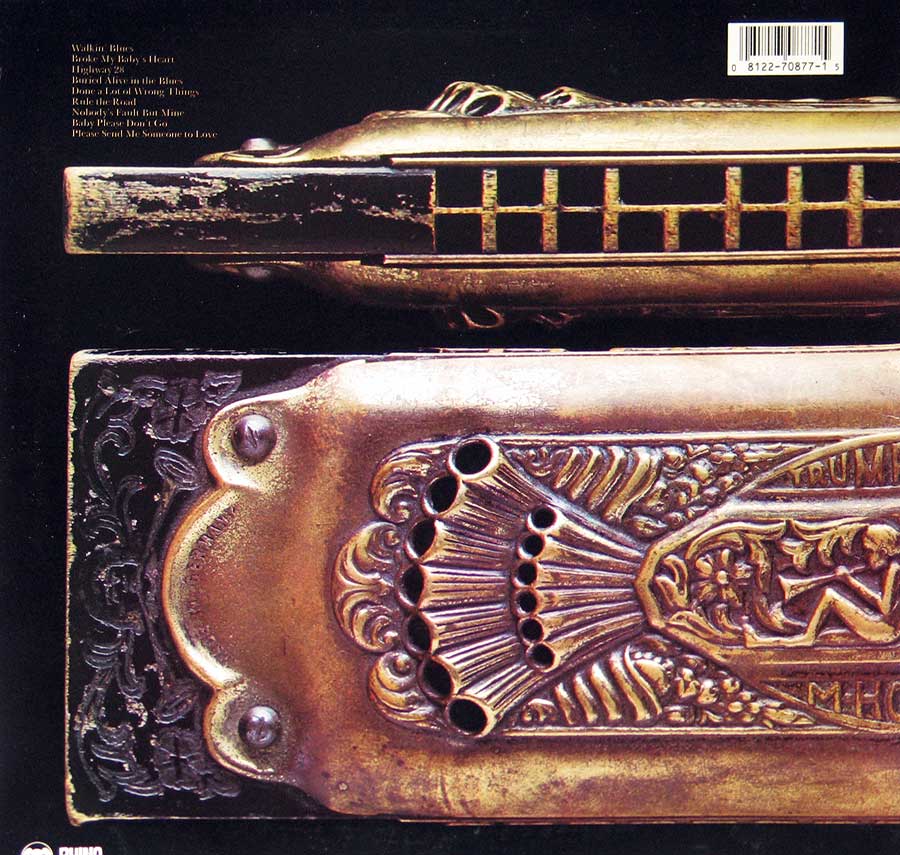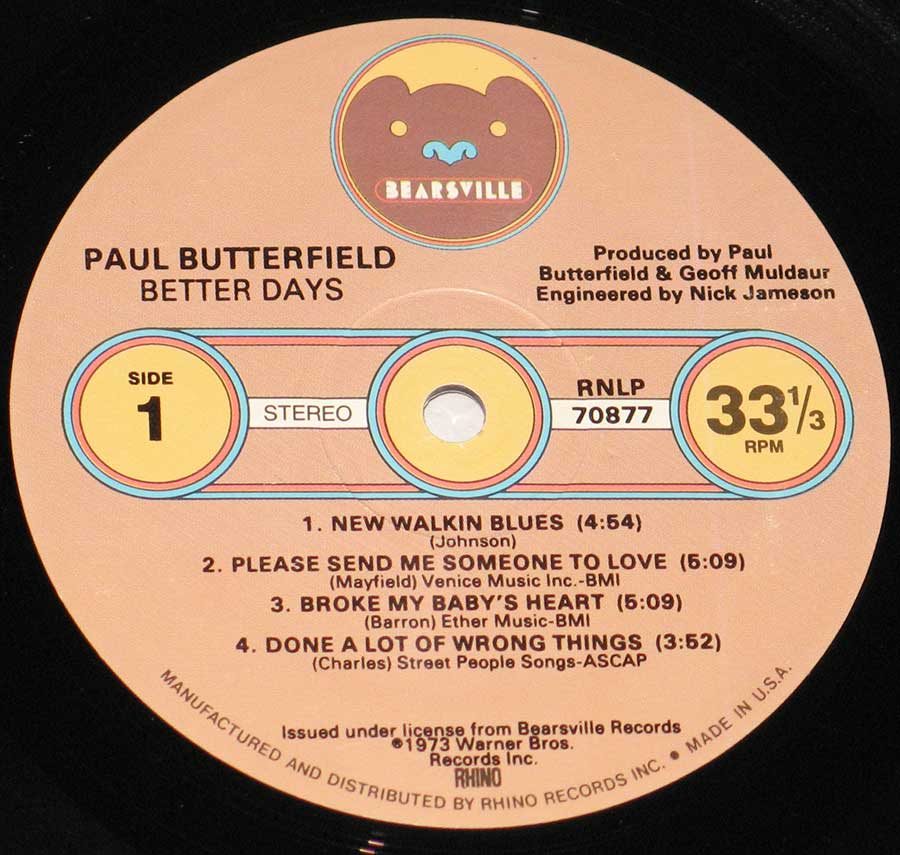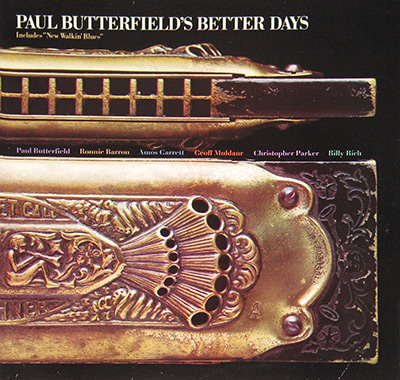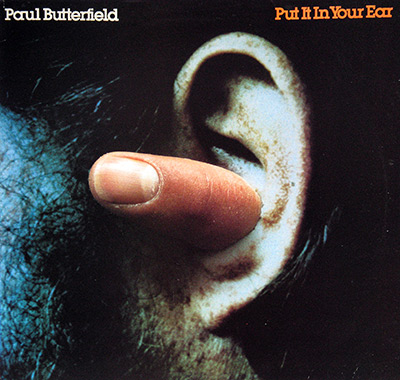Born in Chicago in 1942, Paul Butterfield emerged as a pivotal figure in the blues revival of the 1960s and continued to shape the genre throughout his career. His powerful harmonica playing, soulful vocals, and innovative approach to blending blues with rock, folk, and soul music made him a trailblazer in the American music scene.
Early Life and Blues Immersion (1960s)
Butterfield's passion for blues music ignited in his youth, fueled by the vibrant blues scene in Chicago. He frequented clubs where he witnessed legendary blues musicians, immersing himself in the raw energy and soulful sounds of the genre.
In 1963, Butterfield formed the Paul Butterfield Blues Band, which quickly became a cornerstone of the blues revival movement. The band's lineup featured a diverse group of talented musicians, including guitarists Mike Bloomfield and Elvin Bishop, bassist Jerome Arnold, and drummer Sam Lay.
The Paul Butterfield Blues Band's self-titled debut album in 1965 was a groundbreaking release, blending traditional blues with electric instrumentation and a rock sensibility. The album's success propelled the band to national prominence, and they became regulars at major music festivals, including the Newport Folk Festival and Monterey Pop Festival.
Musical Evolution and Collaboration (1970s-1980s)
In the 1970s, Butterfield embarked on a solo career, experimenting with different musical styles and collaborating with a wide range of artists. His solo albums, such as "Better Days" (1973) and "Put It in Your Ear" (1976), showcased his evolving sound, incorporating elements of rock, folk, and soul into his blues foundation.
Butterfield also collaborated with other influential musicians during this period. He joined forces with "The Band" for their iconic "The Last Waltz" concert in 1976, and he recorded and toured with Bonnie Raitt, John Mayall, and Muddy Waters.
Legacy and Influence
Butterfield's impact on the blues and rock genres is undeniable. His innovative approach to blending blues with other musical styles helped to expand the genre's boundaries and reach new audiences. His powerful harmonica playing and soulful vocals inspired countless musicians, and his collaborations with other artists further solidified his place as a blues icon.
Butterfield's musical journey was cut short by his untimely death in 1987, but his legacy continues to resonate. His music remains a testament to his passion, talent, and unwavering commitment to the blues. He is remembered as a pioneer who helped to shape the sound of American music and whose influence continues to inspire musicians today.
